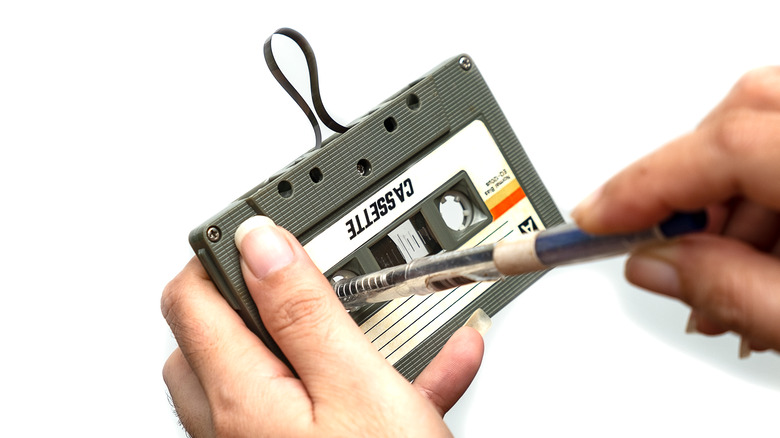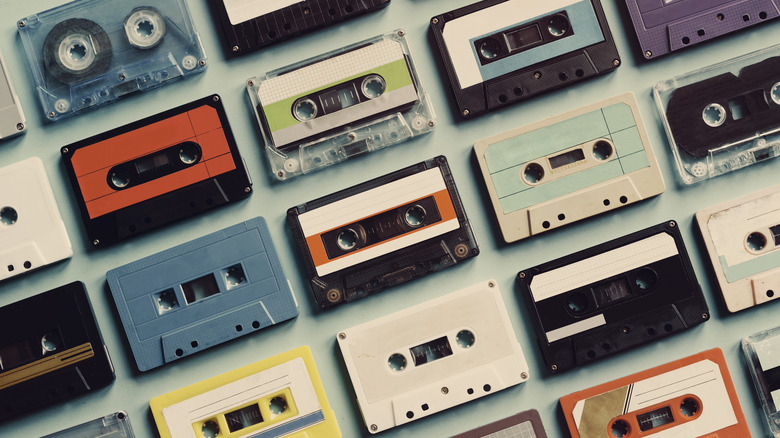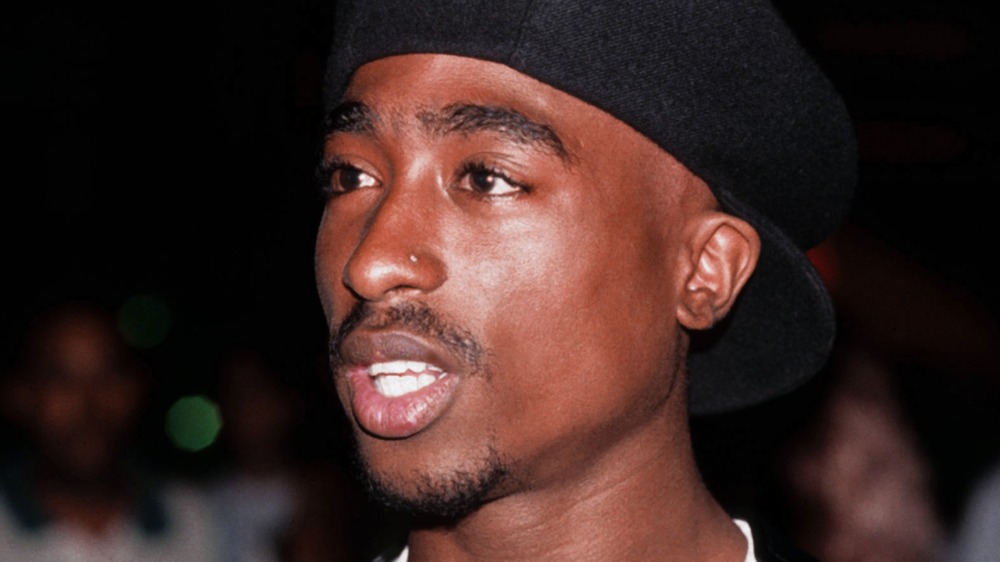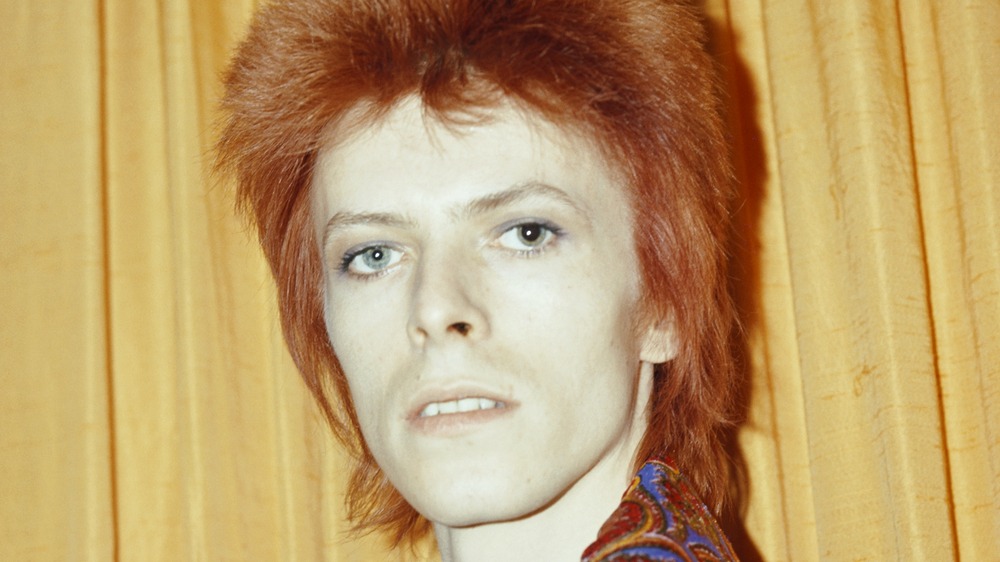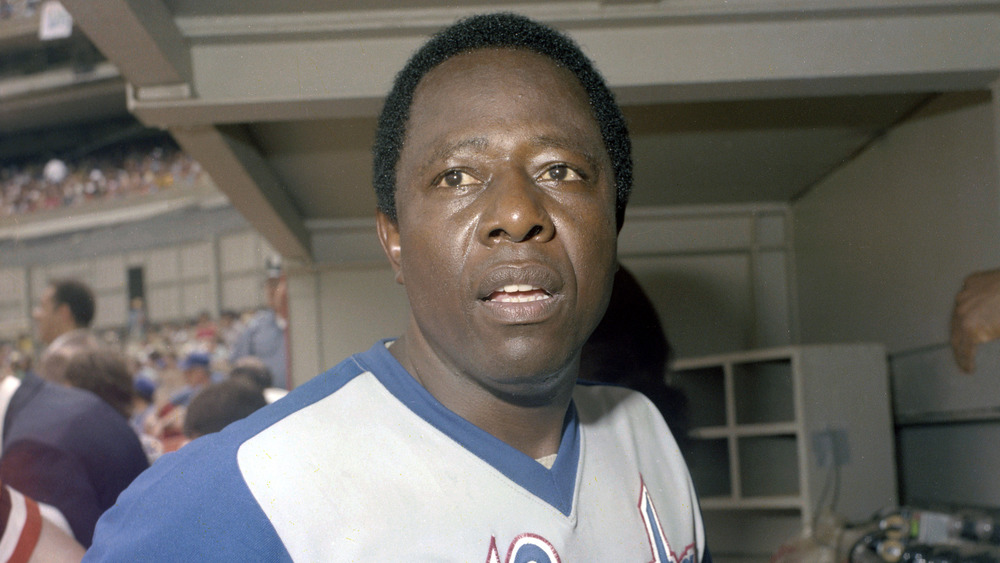
The Truth About The Invention Of The Audio Cassette Tape
People of a certain age can probably answer this question: What does a six-sided pencil or a pen have to with music? If you answered “you can use them to rewind a cassette tape,” you’re absolutely correct.
Cassette tapes helped change the music industry by allowing consumers to record their mixtapes without using the bulky recorders we often see in TV shows. They didn’t need to lug around a briefcase-sized recorder; all they needed was one they could carry in one hand. The cassette revolutionized music, and it can be argued that it propelled so many underground artists to stardom. Before the cassette, it was a different world. If you wanted to record anything, you used a reel-to-reel recorder. People bought 8-track tapes or vinyl to listen to their favorite singers.
But the invention of the cassette tape started with a challenge to shrink down current records, more than a love for music. In 1962, Lou Ottens became the head of new product development at Philips in Belgium. According to NPR, Ottens wanted to make this new invention more affordable and, if successful, democratize it.
Ottens told The Register he had been working on a smaller version of the reel-to-reel tape recorder for a while. Philips began experimenting with figuring out how to create a more portable way to carry around music since the 1950s. Ottens’ team of 40 had experience in design, and had already made a radio-sized, battery-powered reel-to-reel player, so they were very confident.
He just wanted to listen to music
Ottens wanted to invent something far easier to use. The Seattle Times wrote that one evening, Ottens wanted to listen to some classical music in his home. He’d been trying to thread the magnetic tape through the reel-to-reel recorder, and it wasn’t going well. It took him hours before he could even get it to work. That experience galvanized the need for an easier way to listen to music. Ottens carried a small, thin, wooden block in his pocket to give him an idea of how portable their new tape should be, said NPR. (Ottens lost the wooden prototype when he used it to prop up a jack to change a flat tire.)
At this time, Philips’ competitor, RCA, developed their version of a portable tape in 1958. It was not as small as Ottens’ wooden prototype, but it was still half the size of the normal reel-to-reel. At first, said Techwalla, Philips didn’t want to make the cassette as a means to distribute music. It was supposed to be a toy. But Ottens’s invention was just too good. The tape was first unveiled during the 1963 Berlin Radio Show, explained Legacy Box. They called the tape the compact cassette, or the music cassette. The following year, it was introduced to the United States. Philips may have wanted to keep the manufacturing a secret, but Ottens really wanted others to enjoy his invention, so he convinced executives to share with other companies.
It's back again
Ottens flew to Japan and spoke with engineers from Sony who were planning a rival tape. In the end, Ottens helped establish a standard form for the cassette tape, which immensely helped its popularity.
Per The New York Times, sales of the cassette tape exploded in the 1980s thanks to the Sony Walkman. In its early years, cassette tapes had terrible sound quality, but since development was opened to other companies, that improved over the next couple of years. It went from being a staple for taking voice notes to becoming a tool for emerging bands to record songs. Fans of these bands started clamoring for these tapes because they knew many of these songs weren’t coming out on vinyl.
The Seattle Times even pointed out that big-name artists like Keith Richards of The Rolling Stones sleepily recorded the first few minutes of “Satisfaction” on cassette. Pretty soon, the cassette outsold the 8-track and vinyl. But, as with everything, even the mighty cassette tape became obsolete. Ottens, who just wanted to listen to classical music, helped develop the technology that replaced the cassette, the compact disc, or CD. When the CD came out in 1982, people were blown away by its fantastic sound quality. The release of the Sony Discman also increased sales.
Not to worry; much like vinyl, cassette tapes are making a come back, said Gear Patrol. Thanks in part to nostalgia, enthusiasts started collecting cassette tapes again, and artists like Taylor Swift, Lady Gaga, and The Weeknd even released their new albums on cassette.
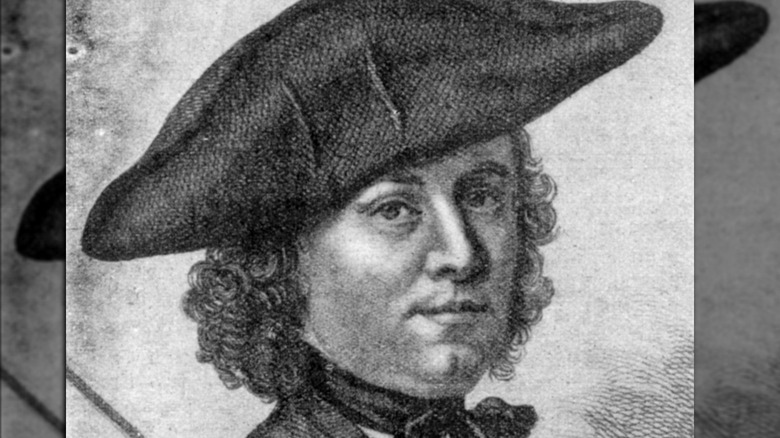
Everything Hannah Snell Accomplished By Pretending To Be A Man

The Untold Truth Of Evangelist John Wesley

What The Bible Really Says About Beards

What You Don't Know About Hitler's Dog Blondi
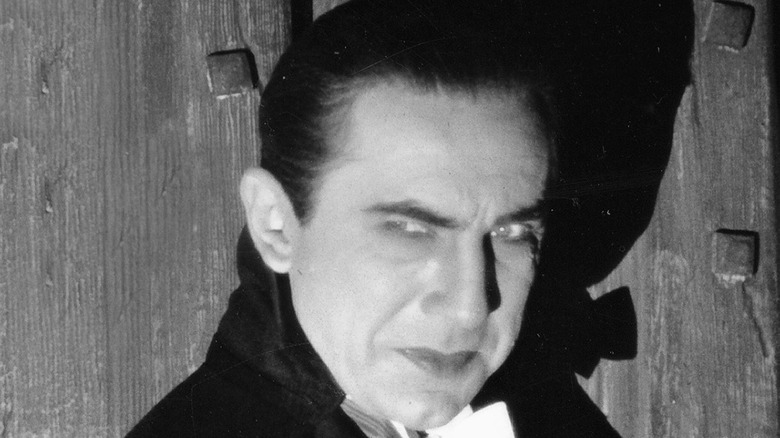
The Iconic Way Bela Lugosi Was Buried
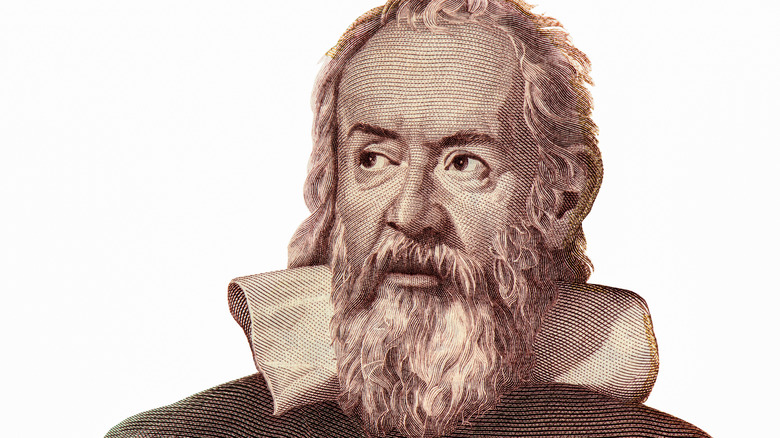
How Galileo Galilei Spent His Final Months Before Death
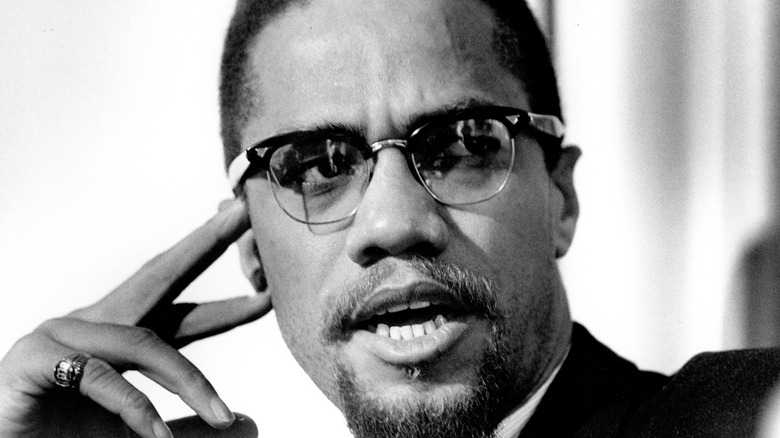
How Malcolm X And Muhammad Ali Finally Met

The Real Reason The KGB Fell Apart

Here's How Much Your Old Beanie Babies Could Be Worth Now

You Probably Never Realized How Many Rare Animals The Queen Has
